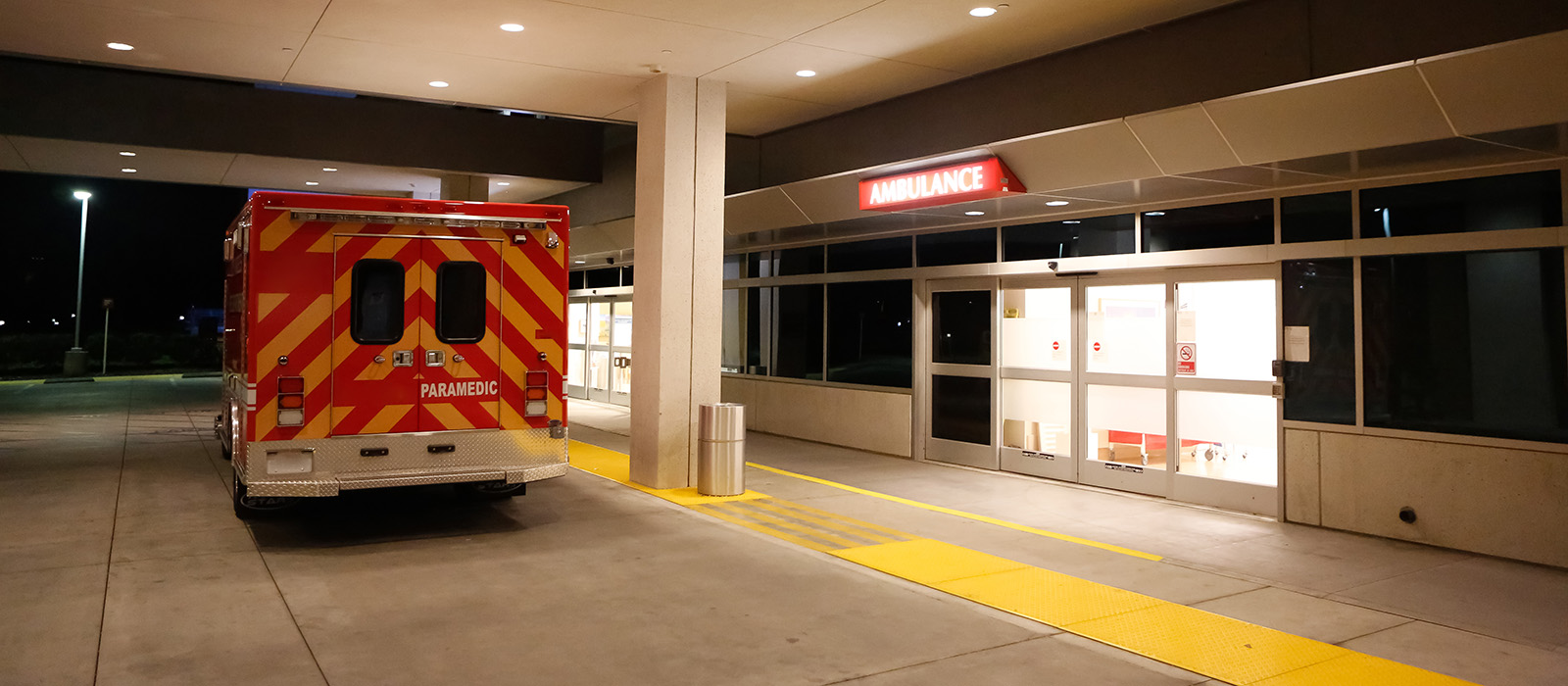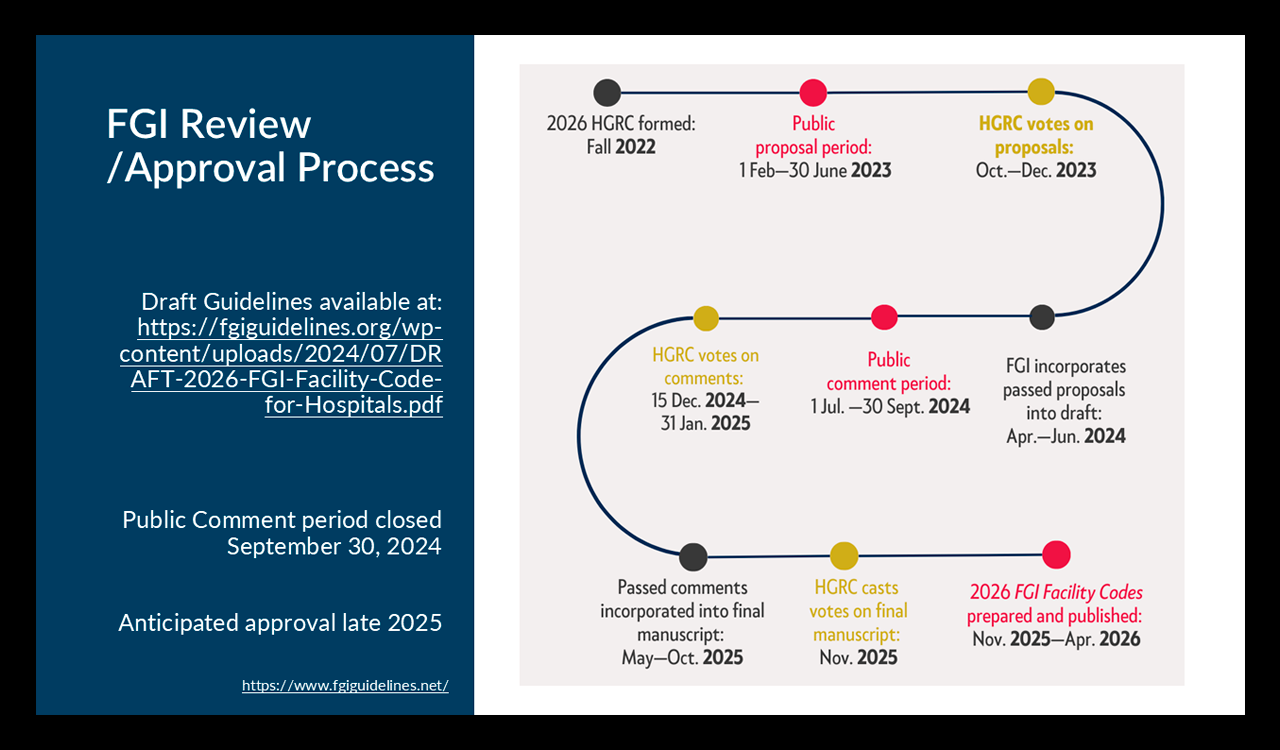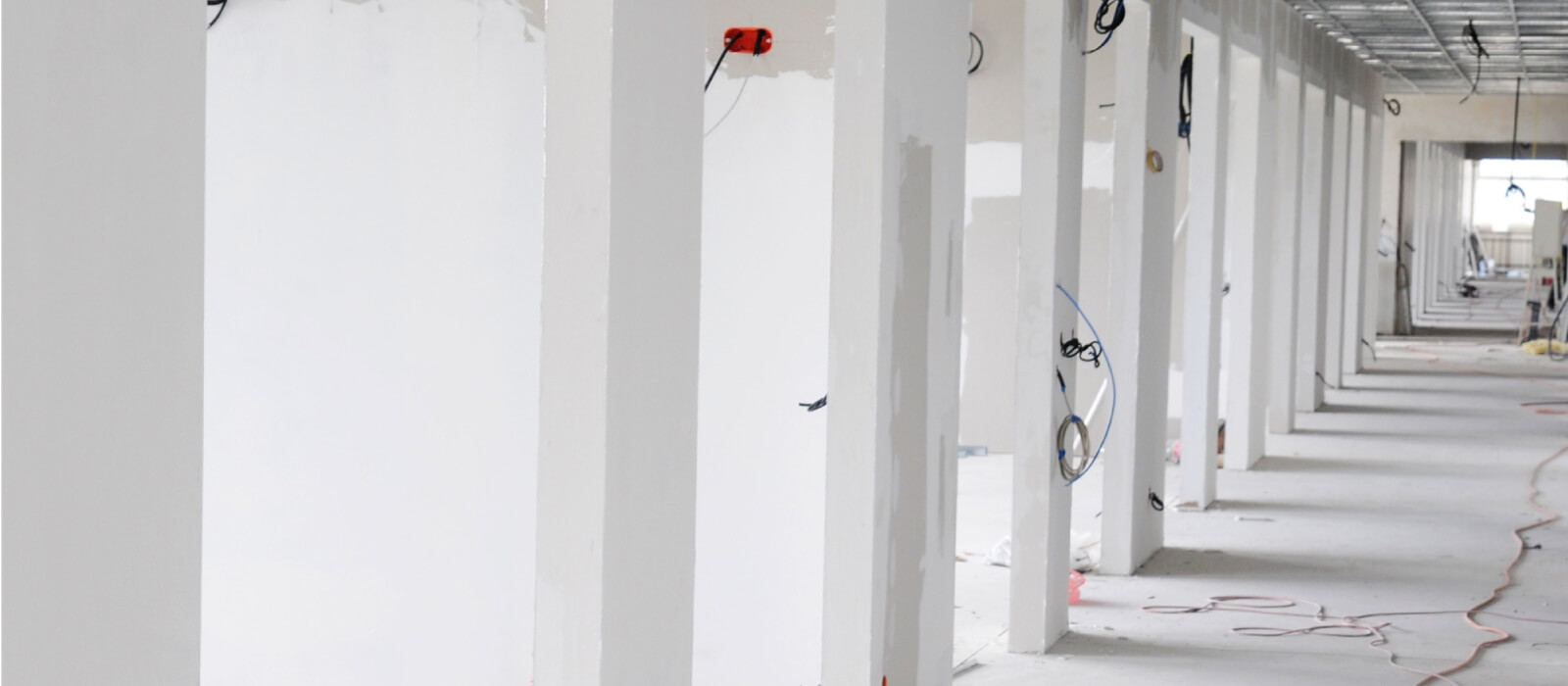Low-Cost Strategies to Improve Emergency Department Signage and Wayfinding

Working in a hospital day after day can make hospital administrators and facilities managers blind to their patients’ wayfinding journey. After time, it becomes easy to overlook the lack of lighting or signage gaps when you know exactly where you are. Yet inattention to these areas can be a matter of life or death for patients seeking care.
The route from home to the parking garage to the emergency department check-in is riddled with decision points. For visitors who may already be under stress, these extra decision points can be particularly challenging to navigate. When hospital administrators and facilities managers review their wayfinding with fresh eyes, they may be surprised by what they find.
With the passage of new regulations – including Massachusetts’ “Laura’s Law” and the national code changes it has inspired – it’s even more essential that hospital staff review their emergency department wayfinding, signage, and lighting. The good news is that this review may also uncover simple, cost-effective strategies to better serve your hospital visitors.
What is Massachusetts’ Laura’s Law?
Massachusetts passed “Laura’s Law” in 2021 in honor of Laura Levis, who died in 2016 just outside a locked door at CHA Somerville Hospital. Laura had walked to the hospital for treatment of an asthma attack. At the hospital entrance, Laura had a choice of two doors, neither of which featured emergency signage above their facades or lighted signage of any kind. Ultimately, Laura proceeded to a locked door reserved for ambulance access only. While she was able to call 911, and gave her exact location outside the emergency department, staff did not go outside to look for her. As a result, it took approximately 10 minutes for her to be found by first responders, time that cost Laura her life.
Since Laura’s death, her husband, Peter DeMarco, has advocated for regulations that would ensure no one else would waste valuable time trying to navigate a hospital campus. Under 105 CMR 130.127, Emergency Department Wayfinding, Signage, Lighting, and Security Requirements, all Massachusetts hospitals are now required to have two-way audio-visual communication devices at their doors, lighting, and signs directing people to the emergency department. Now, the Facility Guidelines Institute (FGI) is working to incorporate measures from Laura’s Law into the 2026 edition of the FGI Facility Code for Hospitals.
How Laura’s Law affects your hospital
Wayfinding is an essential life safety element for every hospital, but Laura’s story reveals pitfalls common to many facilities. Now, Laura’s Law is providing a basis for regulatory change to which all hospital administrators and facilities managers should pay attention.
Below, are four ways that health systems nationwide may be impacted by this law:
- State requirements: Since Jan. 1, 2024, all Massachusetts hospitals have been required to comply with Laura’s Law. That means these same hospitals are now due for their annual review. Hospitals should review their security, wayfinding, signage, and lighting policies and procedures, technologies, and features with all relevant departments, both during the daytime and at night. This is a good time to ensure all staff understand how they are expected to respond in the event of a wayfinding emergency.
- FGI Facility Code for Hospitals: The advocates behind Massachusetts’ Laura’s Law have pushed for updated emergency department entrance signage, lighting, and communication requirements in the forthcoming FGI Facility Code for Hospitals. The 2026 draft FGI code differs from Laura’s Law in that it provides guidance for architectural elements and not operational procedures. If passed as written, these new requirements in the 2026 FGI code would impact any health system building a new emergency department in a locale where the code has been adopted. Approval for this update is expected in late 2025.
- Requirements for existing hospitals: There is some precedence for the FGI guidelines to be applied to operational matters. For example, both the Centers for Medicare and Medicaid Services (CMS) and the Joint Commission have relied on the FGI guidelines requirements for differential air, pressure, temperature, and humidity. While no such broad operational requirements have currently been set, hospitals should consider preparing to meet this eventuality.
- Best practices for all hospitals: There may not be a regulatory reason to evaluate emergency department signage and wayfinding, but it is, quite simply, the right thing to do. Unfortunately, Laura Levis’s wayfinding struggle is not an isolated incident. In EH&E’s site visits to support hospitals’ evaluations of signage and wayfinding, we’ve heard stories of similar challenges from other patients. We’ve also found that this evaluation can surprise facilities managers and administrators who believed their signage to be sufficient, only to find a number of small deficiencies that, together, add up to significant challenges.
Four steps to improve emergency wayfinding today
In EH&E’s site visits, we’ve found that hospitals can make simple changes to improve their emergency department signage and wayfinding. Below are four steps you can take today to enhance visitor safety.
1. Review wayfinding with fresh eyes
The first step to improving wayfinding is to evaluate where you are now by looking at your facility with new eyes. Consider visiting your hospital from the perspective of a person who has never stepped foot on your campus.
Start by plugging the address into your GPS and following its directions. Does it deliver you to the emergency entrance, a parking garage, or somewhere else entirely? Once you get to the campus, follow the sign to the emergency department. Take note of any places where you’re expected to turn a corner or cross a street, or places where landscaping may hide signage. Too often, signage is present but obscured by overgrown trees or bushes. Landscaping contracts generally stipulate only that greenery is well-maintained, not that it needs to be cut back enough to make signage visible. Facilities managers should talk with landscaping staff or contractors about wayfinding expectations.
Because it can be difficult for someone who works on campus every day to approach this exercise from a truly independent perspective, it can prove valuable to bring in a partner to evaluate potential gaps in wayfinding.
2. Talk to related departments
Facilities management isn’t the only department with responsibility for the ease of wayfinding. This is also an area where security leadership needs to be involved to ensure that security staff know how to respond when notified that someone is lost on campus. It’s also important to be familiar with all camera angles of your campus video surveillance system and any potential blind spots so that a person can be quickly located using video surveillance, in real-time, or by playing back recorded footage.
Your hospital’s Interpreter Services, Language Access or Patient Advocacy departments may need to be consulted to determine what languages should be included on signage. The Americans with Disabilities Act (ADA) comes with its own requirements for signage, which includes having high contrast between the characters and background on signs, and certain signs having raised characters and Braille. Hospitals need to regularly inspect their signage to ensure ongoing ADA compliance.
3. Test existing systems
Many hospitals already have communication devices installed outside their entrances, but do not necessarily know where communication is directed if the button is pushed, or if the device is operational. In EH&E’s site evaluations, we found that activating an entryway communication device often led to voicemail boxes or to staff members who weren’t sure why they were being notified, or worse, did not work at all. If your hospital has such devices in place, staff training and regular testing to ensure the system works can save lives.
Under Laura’s Law, Massachusetts hospitals are now required to have live, two-way audio-visual communications devices at numerous public entrances to communicate with on-duty personnel. This will allow someone who is unable to hear or otherwise communicate to understand that their call has been answered and help is on the way and allows call-takers to see what’s happening on the other end if the caller is unable to communicate.
4. Start planning for future investments
One of the biggest challenges that Massachusetts hospitals faced in ensuring compliance with Laura’s Law was that they were given an extremely short implementation timeline. Rules were finalized in April of 2023 and hospitals were given until January 1, 2024 to comply. This prevented hospitals from including the required upgrades—in some instances, up to a million dollars’ worth—in their budget cycle. Many faced long lead times when they went to purchase communication devices and other equipment, delays that pushed their compliance past the January 1 date. By planning today, hospitals outside of Massachusetts can make improvements to their timeline.
One simple change can save lives
As Peter DeMarco discovered during his investigation of his wife’s death, numerous things went wrong that night. If only one thing had been different – a bright sign over the ED doorway, better coordination between dispatchers and the hospital, a way to call attention to that locked door – Laura might still be alive today. Taking a few minutes to consider potential gaps in wayfinding and signage is an easy exercise that can save lives in your community.
While improvements may require time and money, beginning this exercise today gives your facility the opportunity to plan for investments. EH&E can help with this planning, from site evaluations through planning support. Contact Kristin Pitocco today for expert guidance.
Read more about Laura’s story
Subscribe
to our blog
"*" indicates required fields






